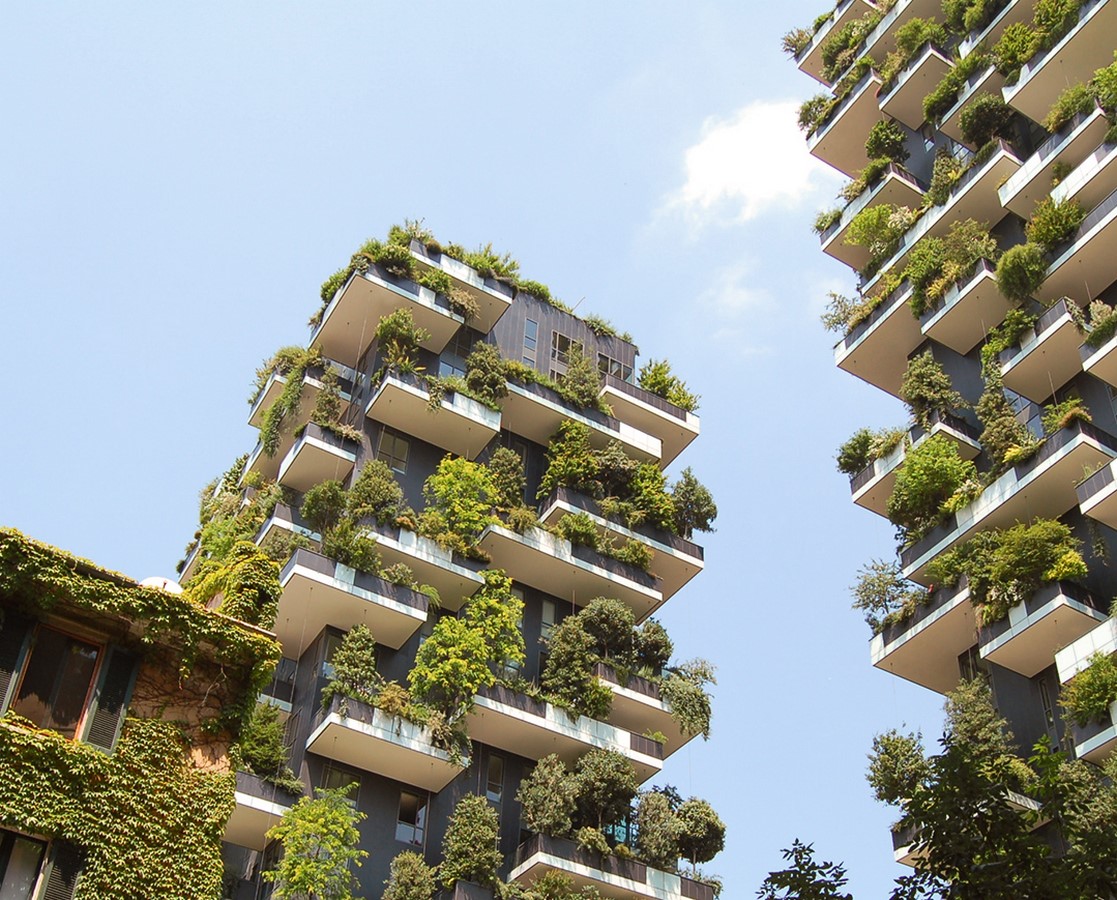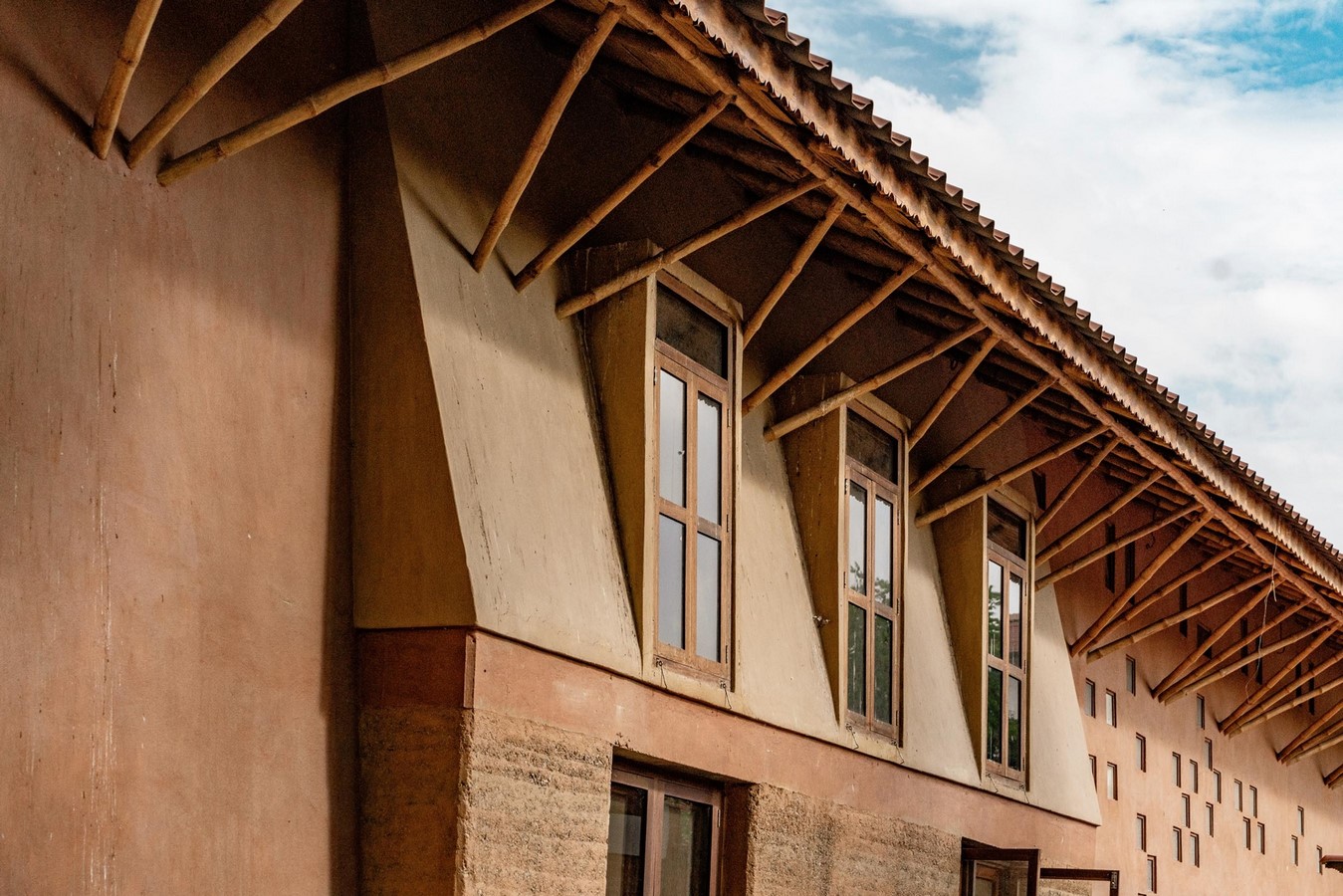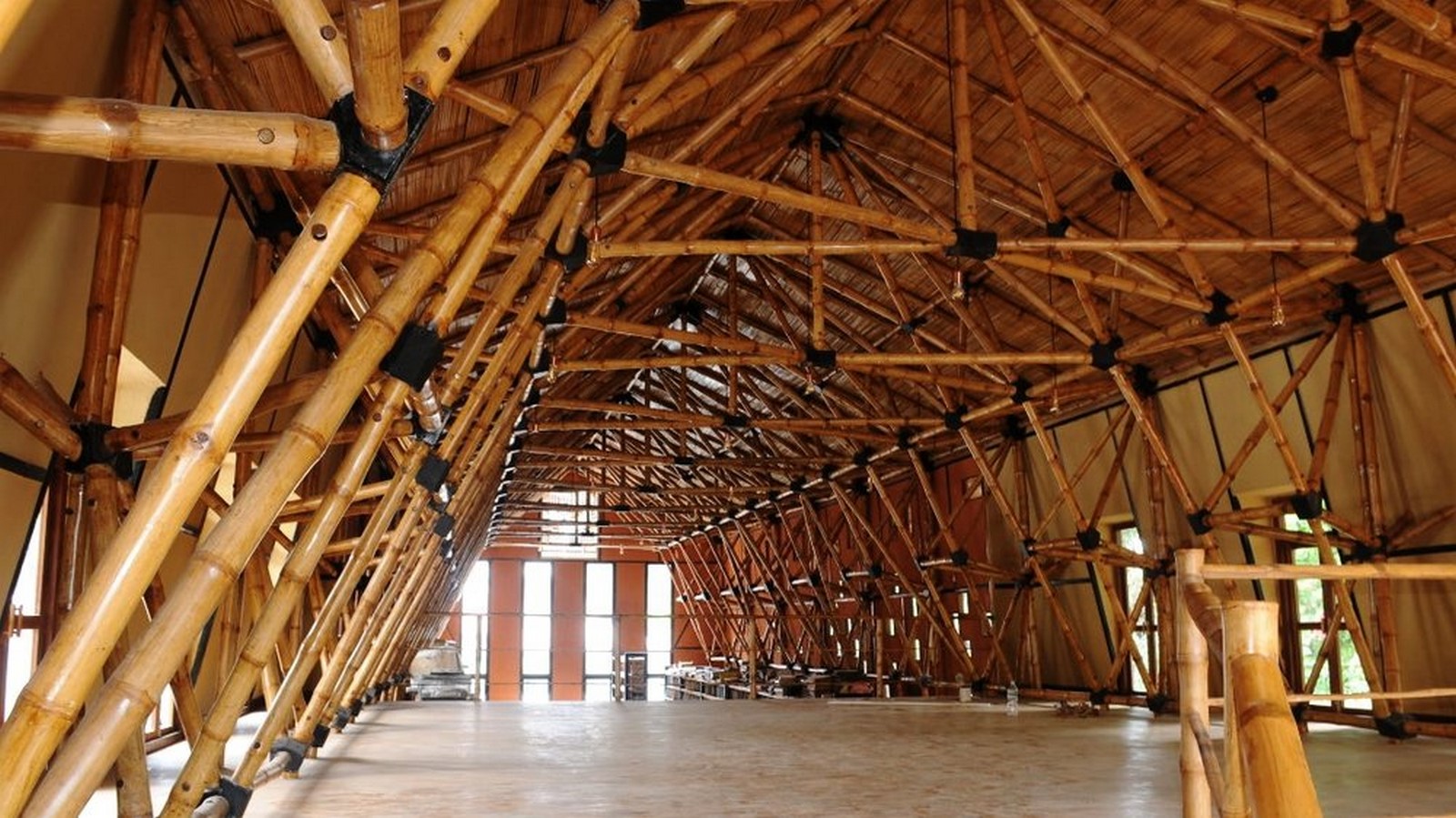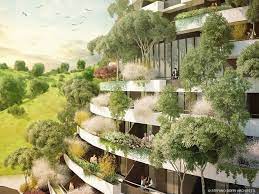Courtesy : re-thinkingthefuture.com
Green architect
Looking up the definition of the term ‘sustainable’ or ‘green architecture’, the internet succinctly defines it as ‘as one that seeks to minimize its negative environmental impact by efficiency and moderation in the use of materials, energy, development space, and the ecosystem at large.’
Lately, this term has gained much popularity in the professions of design and architecture. ‘Going Green’ has become a fashionable and often used term, representing the idea of sustainable design. Though, this may be often misused or quite vague in its ‘greenwashing’ campaign. Many professionals or companies often make environmental claims that are either vague or irrelevant or cannot be substantiated. As a larger number of architects and designers fall prey to these tropes or countless certifications abound in our profession, it is time to relook at the actual reasons why an architect should turn ‘green’. Here are ten reasons why this might be a viable future for accommodating and solving our environmental problems.
1. Building for a sustainable future
The system of designing, creating, constructing, and operating a ‘Green’ building is something that minimizes the negative effects of construction and human intervention on the environment. Such architecture makes efficient use of the resources available, like land, water, energy, and materials.

2. Being energy efficient
The process of creating something that is sustainable is by making it energy efficient. Construction and operation require large amounts of energy for resource management and development. Modern methods of building and materials especially require huge energy consumption, which in turn reduces the overall sustainability of the building.
3. Building to last a life cycle
The process of designing and constructing ‘Green’ buildings covers even the entire lifecycle of the building, including operational methods and uses over the years. A sustainable design adapts to the energy needs of the users and decreases overall resource use and lifecycle costs.
4. Using local Materials
Sustainable architecture uses locally available materials because they reduce the overall cost and energy consumption that goes into the transportation of materials. Buying and using local materials also boosts the local economy and re-energizes the local community.

5. Building with Reusable and Sustainable Materials
Often commonly used materials like concrete, are not sustainable materials because they cannot be reused after the end of the lifecycle of the building. Further, using such materials is highly inefficient because of the energy consumption during construction. Instead, building with reusable and sustainable materials like wood, mud, or developing less energy-hungry materials is the way forward towards building ‘Green’.

6. All scales of Intervention
Most people when asked to picture a ‘Green’ building only imagine rural and basic structures with few facilities, barely incorporating any of the amenities that modern construction has. This is a fairly false notion since sustainable architecture does not necessarily limit itself to the smaller scale of construction but can even extend and adapt to all levels of design and creating.
7. A better lifestyle
Green architecture provides a better environment for life since people who work and live in such buildings have access to abundant sunlight and better air and ventilation. Similarly, better-lit spaces and reduced exposure to toxic materials in common materials also increase the productivity of the users and they tend to live healthier lives.
8. Healthier lives
Many common building materials are quite harmful to the overall health of the users. Plastics, toxins found in paints, inorganic building materials, and even products cause irritation and sometimes create adverse long-term effects on some users. Using better and more environmentally friendly materials decreases this risk and increases the overall wellbeing of the users.
9. Benefitting from Tax Incentives
Many authorities and even governments offer greater incentives to people buying or building sustainably – amounting to large tax cuts and better returns and interest rates. Moreover, energy-efficient options also keep operational costs and utility bills much lower than otherwise normal usage.
10. And finally reusing the waste
What happens after a building comes to the end of its life cycle? Usually, a building only gets demolished, and, in our country, especially, the building waste is dumped into dumping grounds. But with more sustainable materials of construction, the building waste can get reused to create future uses. For example, concrete can be used as aggregate for future construction while steel is recycled to be used again. Similarly, other materials too can be reused such as bricks, wood, and mud owing to their condition and reusability, though it comes down to the architect to incorporate such measures.
As more and more architects and designers and contractors open up to the idea of sustainable architecture, it is important for them to tread down the environmentally responsible path, without falling prey to vague and irrelevant ideas that can only further dilute this idea of sustainability.



